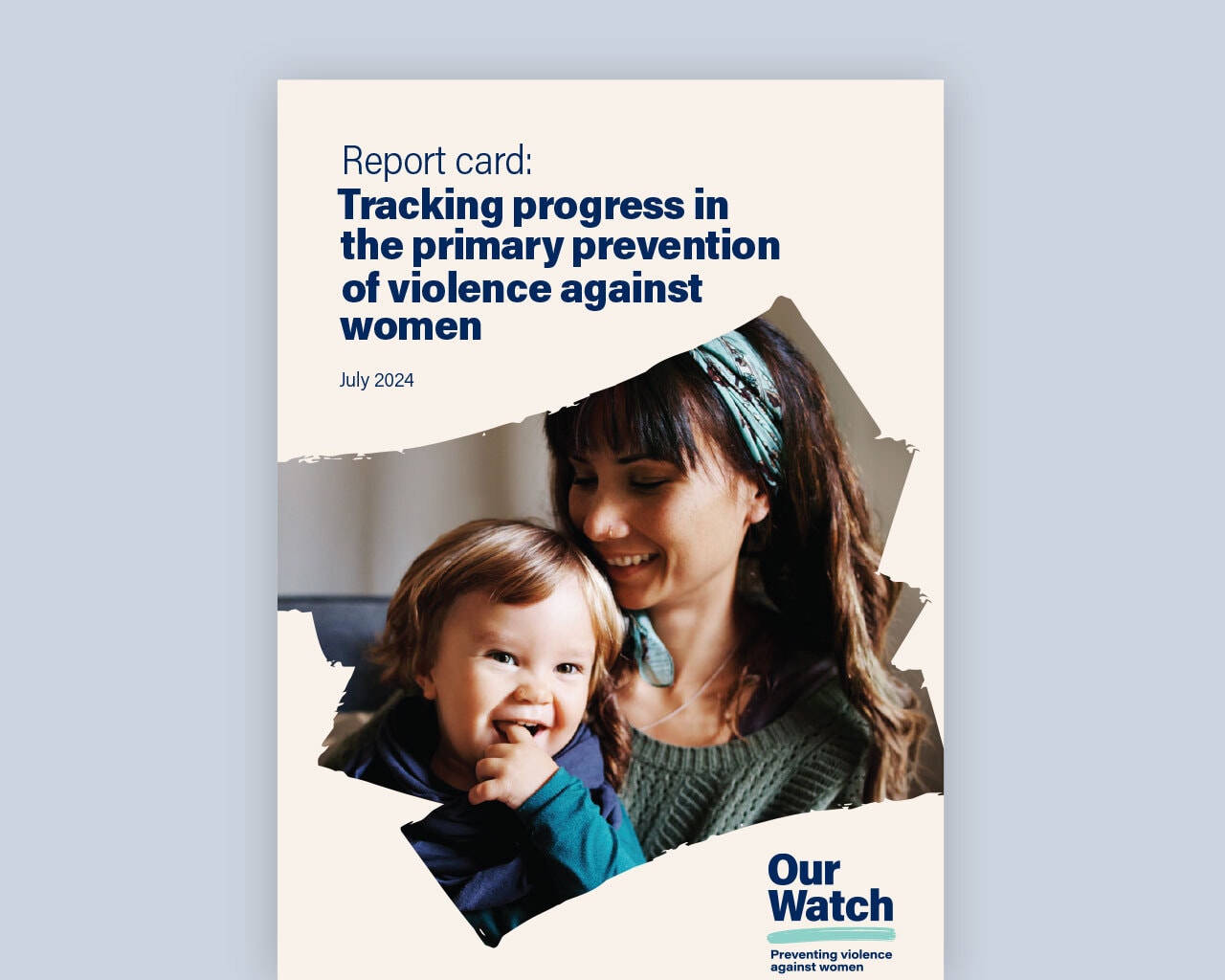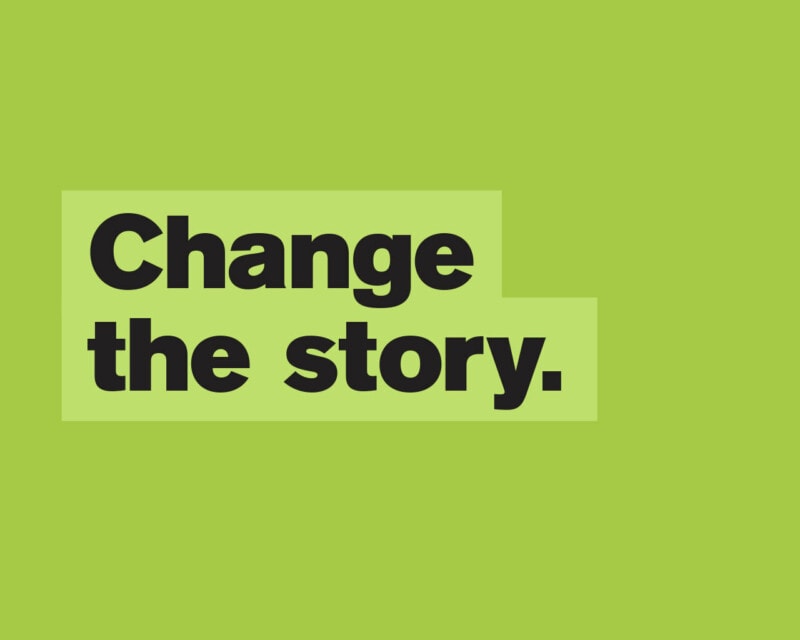What is 'primary prevention' of violence against women?


Even though violence against women is widespread and serious, the good news is that it is also preventable.
A ‘primary prevention’ approach addresses the underlying, gendered drivers of violence against women. The aim of primary prevention is to stop violence before it happens.
Primary prevention is different to other kinds of interventions that address violence against women. Interventions that occur when the risk of violence is already there are called ‘early intervention’ or secondary prevention. Doing something about violence that is currently happening is called ‘response’ or tertiary prevention.

Because the drivers of violence play out at every level of society, primary prevention activities also need to be implemented at every level of society.
Prevention requires a holistic approach involving on-the-ground efforts that engage individuals and communities; whole-of-setting approaches in organisations and institutions, and change to laws and government policies.
Examples of primary prevention initiatives include:
While primary prevention may seem difficult to achieve, it is an approach that has been used successfully in the past on a range of other public health issues in Australia – like smoking and road safety.

For a full explanation of a primary prevention approach to ending violence against women, please read Change the story.
It’s not a question of either/or. Australia needs to respond to and intervene in the current crisis, and work on longer term initiatives to prevent future violence from occurring.
Well-resourced and effective systems and services for responding to ongoing violence are crucial. They protect women and their children from further violence, and hold perpetrators accountable. Response systems also provide the foundation for prevention activity, by sending a message that violence is unacceptable.
As prevention activity increases, we are likely to see increased numbers of women being able to identify violence in their own lives, and seeking support. Having robust and adequately funded response systems (including support services, police and justice systems) will remain critical to ensure that women are safe and supported.
Our goal is the end of violence against women and their children in Australia.
To do this, we need to address the underlying drivers using strategies that have been shown to work. And we need to do this on a scale that will create change for the whole of Australia.
By increasing gender equality in our society, promoting equal and respectful relationships, and encouraging respectful, healthy forms of masculinity, we can shift the main drivers of violence against women. Over time, and with sustained investment in prevention, this should result in a decrease in the prevalence of this violence.
For more detail on the projected decrease in violence against women over time, please read our monitoring and evaluation framework, Counting on change. For a report on Australia’s national progress towards prevention, please visit Tracking progress in prevention, where a 2024 update on key data can also be found.

Download Word version (1 mb)

4 resources in this collection
Change the story publications and videos outline the actions needed to address the underlying drivers of violence against women.

Find out more about the gendered drivers of violence against women and reinforcing factors.